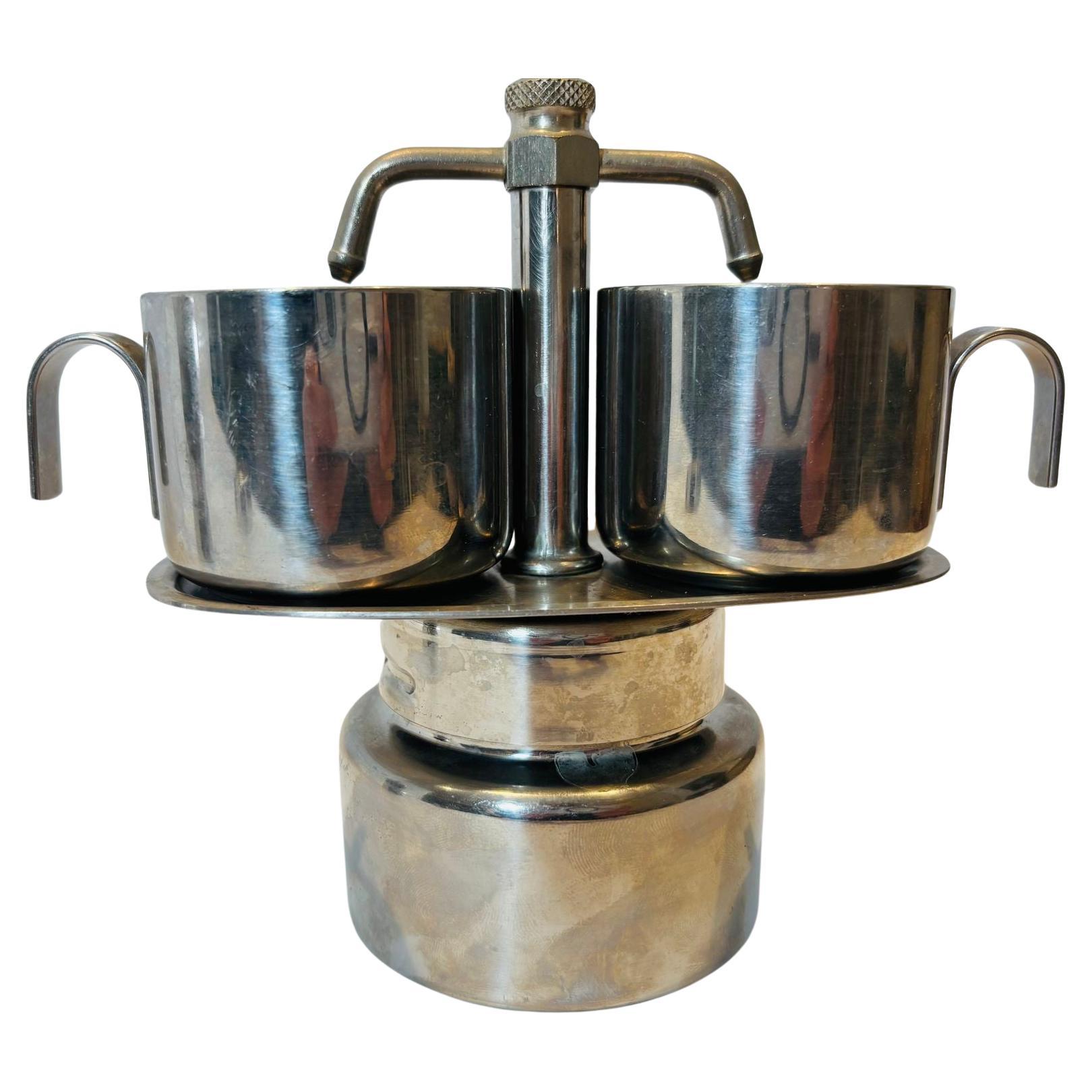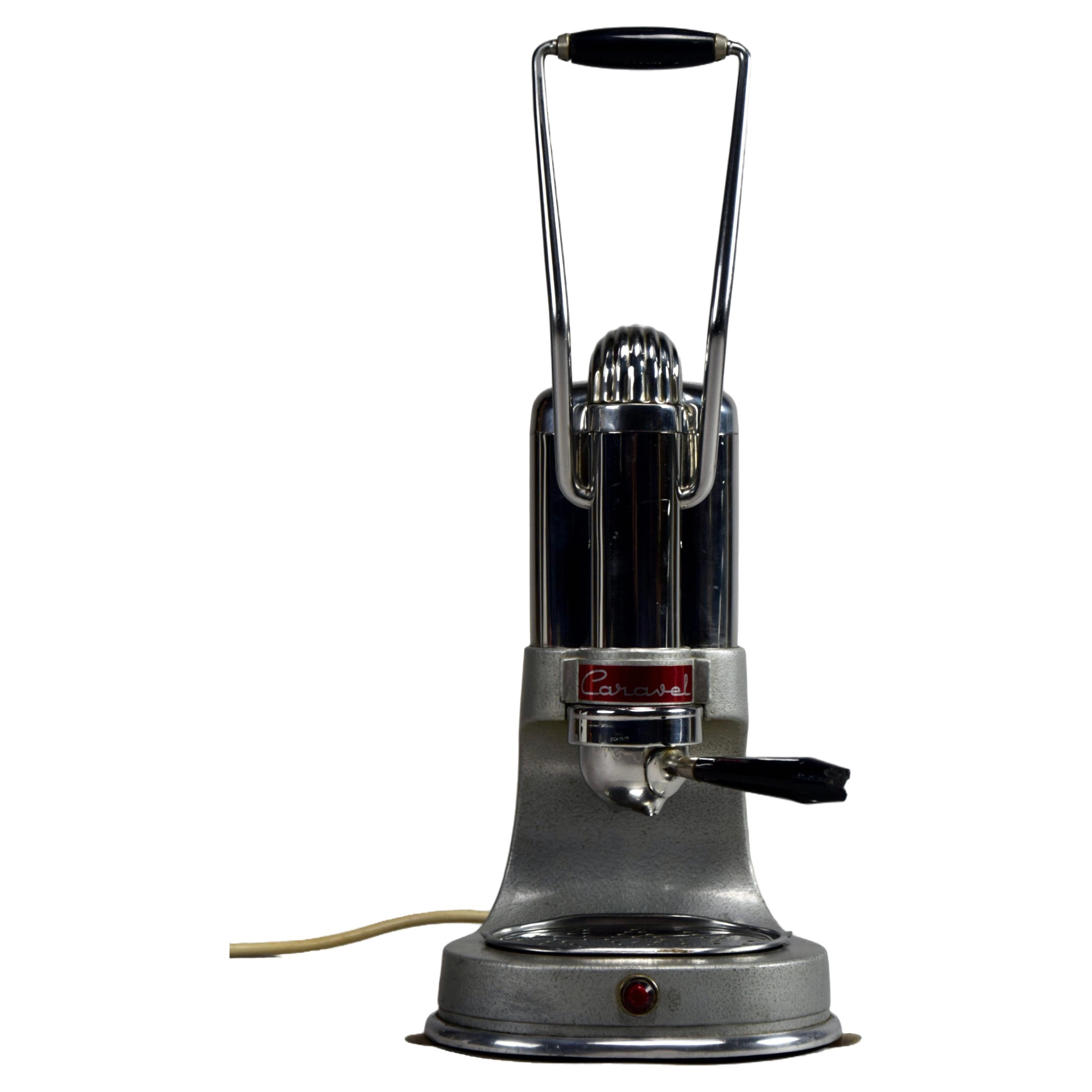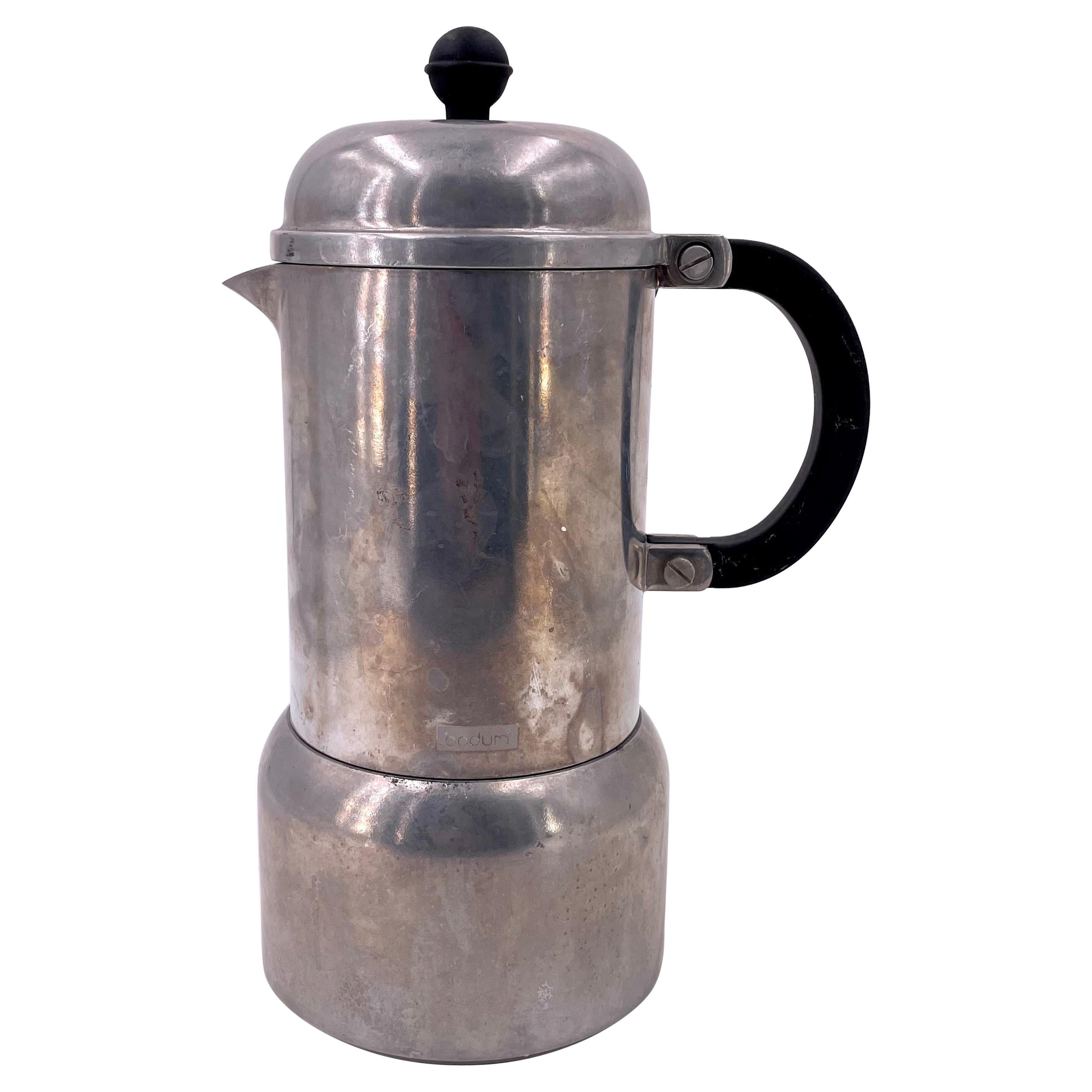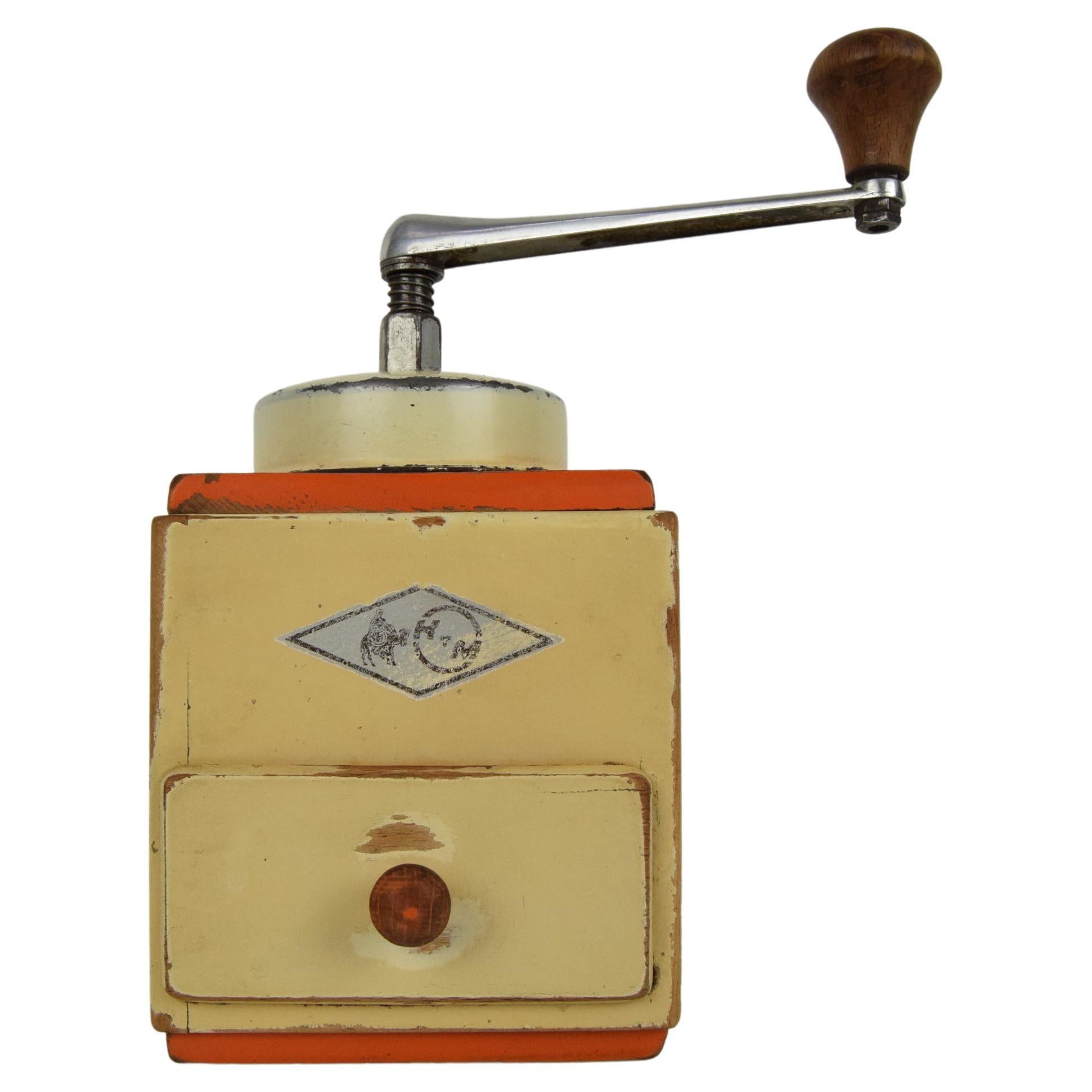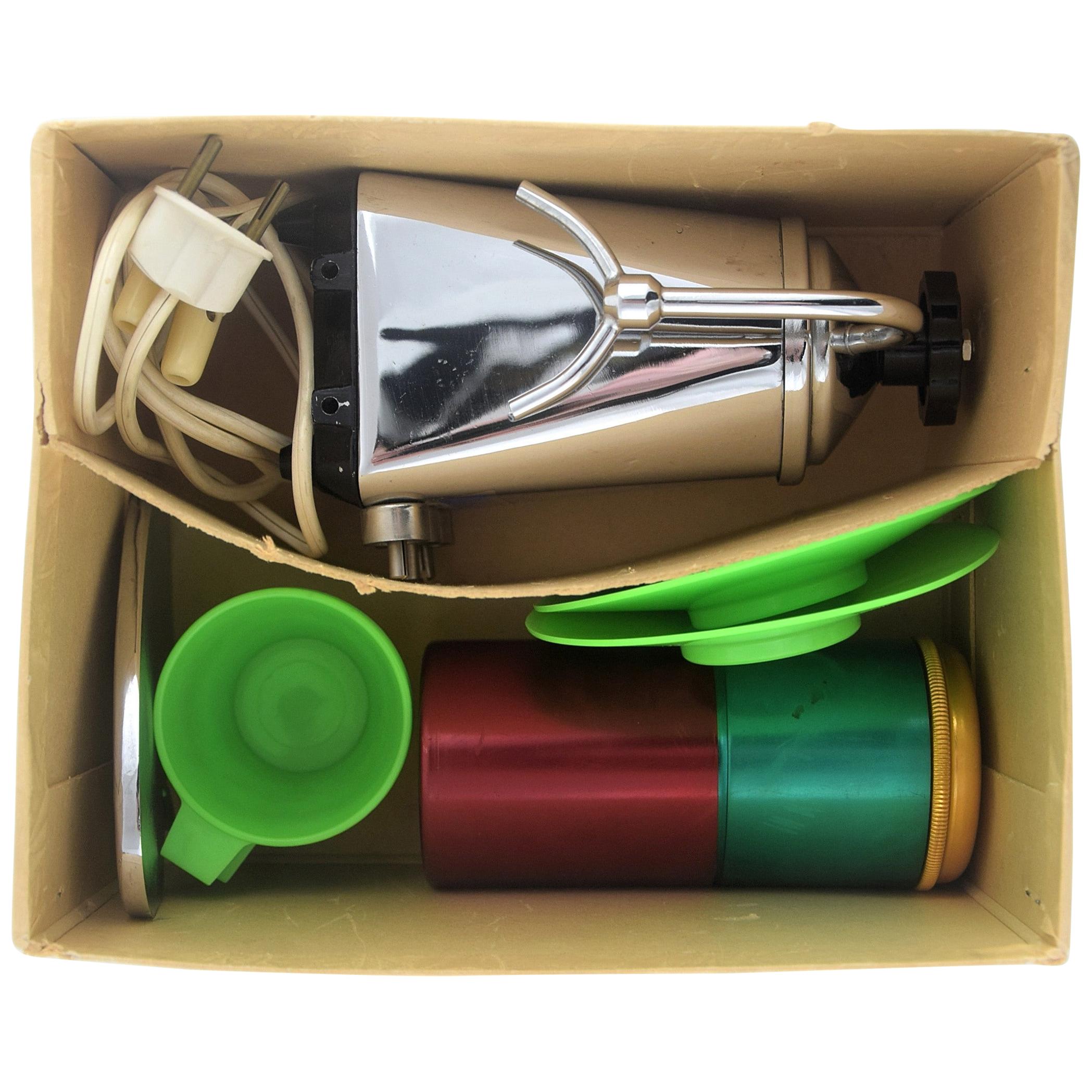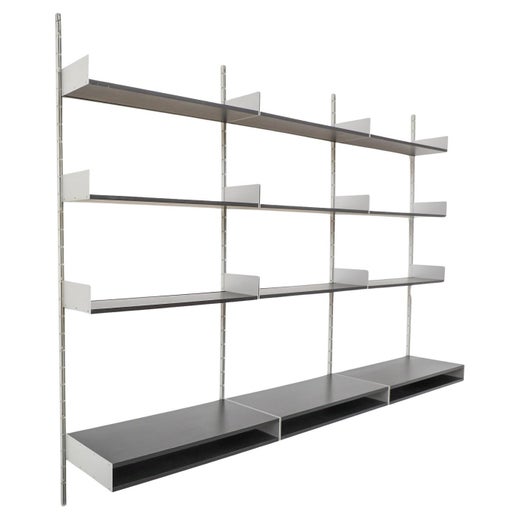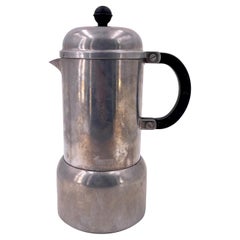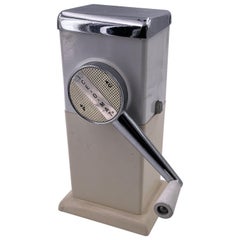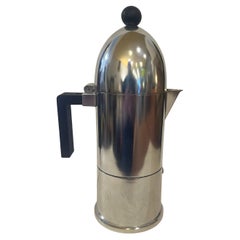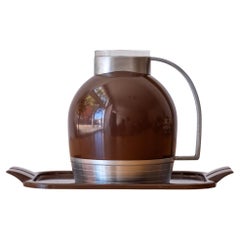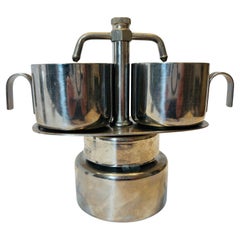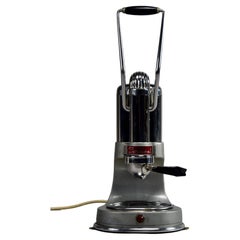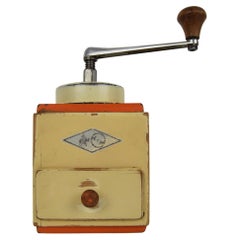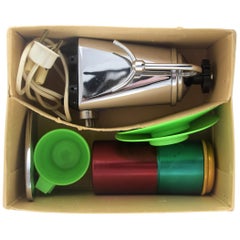Postmodern Coffee Grinder Designed by Dieter Rams for Braun Germany
About the Item
- Creator:Braun (Manufacturer),Dieter Rams (Designer)
- Dimensions:Height: 11 in (27.94 cm)Width: 6 in (15.24 cm)Depth: 3.5 in (8.89 cm)
- Style:Post-Modern (Of the Period)
- Materials and Techniques:
- Place of Origin:
- Period:
- Date of Manufacture:1980's
- Condition:Wear consistent with age and use.
- Seller Location:San Diego, CA
- Reference Number:1stDibs: LU936636505952
Dieter Rams
German industrial designer Dieter Rams is revered for the pared-down, intuitive electronics and consumer goods he created for Braun — where he worked from 1955 to 1997, most of that time as chief design officer — and his timeless furniture for Vitsœ, a company with which he continues to collaborate today.
Less well known are Rams’s longstanding focus on sustainability and uneasy relationship with contemporary technology, even as Silicon Valley designers like Apple’s Jonathan Ive follow in his rational footsteps.
During Germany’s postwar rebuilding period, Rams and his team of designers at Braun, inspired by the Bauhaus and the Ulm School of Design, focused on extreme simplicity and usability while conceiving products with a modern, forward-looking appearance.
Among Rams’s most iconic designs is the SK 4 phonograph and radio, created in 1956, which had a compact white metal case topped by a revolutionary-at-the-time transparent Plexiglas lid that revealed simple gray controls inside (it was nicknamed Snow White’s Coffin). But it is the T3 portable radio, from 1958, that gets design aficionados most excited today: A white rectangular box with a perforated square for the speaker and a circular-dial control, it bears an unmistakable resemblance to Apple’s original iPod. (Many people also note that the iPhone’s calculator app looks remarkably similar to the Braun ET 66 calculator, with its circular color-coded buttons.)
In the late 1970s, Rams laid out his widely studied 10 principles for good design: It is innovative, makes a product useful, is aesthetic, makes a product understandable, is unobtrusive, is honest, is long lasting, is thorough down to the last detail, is environmentally friendly and is as little design as possible.
One of Rams’s principles that hasn’t translated to our contemporary era is his emphasis on longevity. “The time of thoughtless design and thoughtless consumption is over,” he said in 1976, stressing the need to conserve natural resources — even as he was busy designing plastic products.
Rams has also expressed reservations about how electronics have evolved in recent decades from tools for improving life to time-sucking obsessions. “Every time he crosses a street and sees people glued to their phones, he just can’t conceive of how we got to this point,” says filmmaker Gary Hustwit, whose feature-length documentary on Rams debuted in 2018. “I think he’s a little bit saddened by all this work they did in the fifties and sixties, which had a very idealistic point of view, being a stepping stone to where we are now, and the current lust for technology.”
If digital devices sometimes seem to be making life more complicated, Rams’s precept remains the same as always: “Back to purity, back to simplicity.”
Find vintage Dieter Rams furniture on 1stDibs.
- ShippingRetrieving quote...Shipping from: San Diego, CA
- Return Policy
More From This Seller
View All20th Century French Post-Modern Serving Pieces
Metal
20th Century American Mid-Century Modern Barware
Metal, Chrome
20th Century Italian Post-Modern Serving Pieces
Metal
Vintage 1940s American Streamlined Moderne Wall Clocks
Metal, Aluminum
20th Century Italian Post-Modern Serving Pieces
Steel
Late 20th Century Danish Post-Modern Barware
Plastic
You May Also Like
Mid-20th Century Italian Mid-Century Modern Barware
Aluminum
Vintage 1960s Mid-Century Modern Barware
Metal, Stainless Steel
Vintage 1950s German Mid-Century Modern More Desk Accessories
Metal, Steel
Vintage 1950s Italian Mid-Century Modern Barware
Metal
Late 20th Century Italian Mid-Century Modern Serving Pieces
Stainless Steel
Mid-20th Century Swiss Mid-Century Modern Scientific Instruments
Metal
